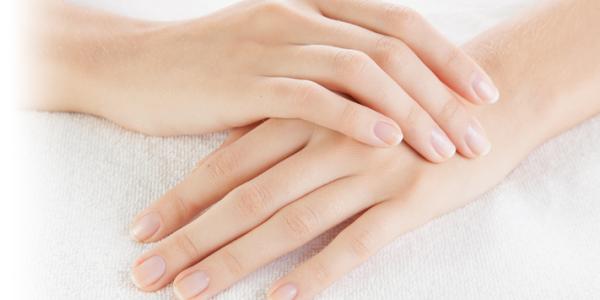


We clip them, paint them and occasionally bite them — but are we paying our nails enough attention? If you’ve never inspected their color, thickness or texture, you might want to start. It can be easy to ignore your nail health, but their condition can actually provide you with clues about your overall health.
Before you start looking for health clues in your nails, it’s important to make sure you are practicing good nail care. No matter your age or gender, start with these tips to keep your nails in tip top shape:
By practicing good nail health, you get a visual reflection of your overall health right in front of you. While nails can develop harmless ridges or lines due to age or injury, not all nail changes are normal. Consult your provider if you notice changes such as:
Your nail health could indicate an underlying issue, but more often, changes in nail health are nothing to be concerned about and will resolve on their own. Remember to be patient since it may take months for a damaged nail to regenerate and repair itself.
This article first appeared in the April 2020 edition of the HealthPerks newsletter.

Identify your risk factors and what to do if you are at risk.